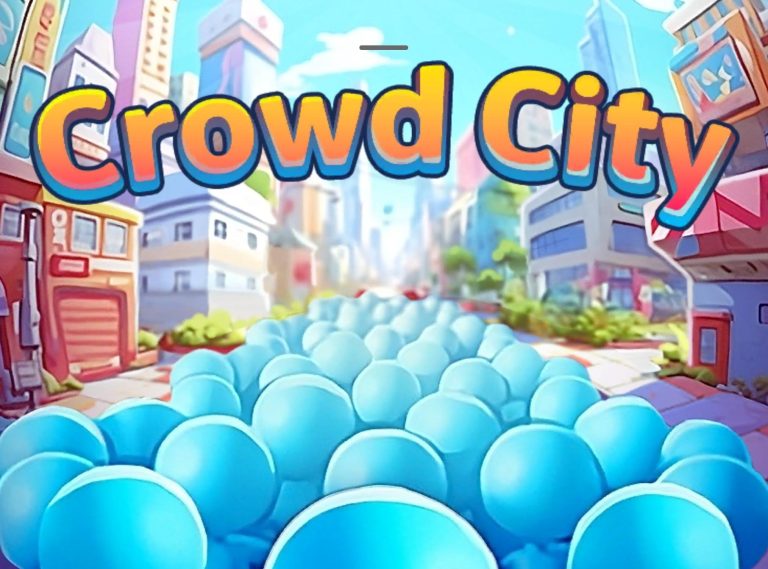This article focuses on do-and-don’ts of building a copycat game – a game whose key mechanics mimic the successful designs of a previously launched game. This is an area of game design which is somewhat of a tacit faux pas amongst game developers. Designers are hired to create innovative and new games, so the concept of taking mechanics and features from a competitor’s game is considered cheating. On the other hand, applying untested mechanics to a mobile game carries high investment risk, so developing a game with tangentially similar mechanics is one way publisher can hedge their development efforts while still creating a unique experience.
Many successful studios have staked their claim on copycat games. Zynga coined the phrase “fast follow,” after finding success taking game designs and marketing it to their large free-to-play player base. “We don’t need to be first to market,” Mark Pincus said, then CEO. Machine Zone, a top grossing game developer, released Mobile Strike, a carbon copy of their own game, Game of War, with effectively no changes to game mechanics. Riot’s League of Legends is copy of a mod game from Warcraft 3, and Angry Birds was a ripoff of Crush the Castle. The list goes on.
However, from an ethics perspective, the devil is in the details on game copycatting. If directly stealing a game’s mechanics is wrong, then there is must be a middle ground where prudence meets perspective. You shouldn’t completely rip of a game design, but not doing it a little bit might be asking for trouble. There are certainly right ways and wrong ways to draw inspiration from those before you. We discuss today two “Do’s” and two “Don’ts” when it comes to being both ethical and successful when designing your game.
Do: Create a Unique and Compelling Fiction
In 2012, Zynga attempted to piggyback off the success of a competitior’s game, Tiny Tower, with their own Dream Heights. The concept of the games were that the player simulates building a hotel or mall, similar to the Simtower PC game a decade back. Players loved Tiny Tower, but immediately caught on that Zynga’s new title was a copy.
“Even when you refuse to go work for Zynga, sometimes you end up doing work for Zynga anyway,” stated Nimblebit.
It would be hard to say with a straight face that the Nimblebit game was completely unique in its own right. Simulation games, and tower building games, have been produced before, and Zynga could have a released a similarly modeled game themselves and not caught criticism if they had created a unique fiction and world behind the game. Maybe it could have been a medieval castle that they player needed to build up? Perhaps a subterranean civilization? The actual mechanics – timers, decoration, leveling up, could be largely still based on the Tiny Tower design, but players and the press would have either not noticed, or not cared do to the differences in the visuals and story lines.
The most salient aspects of the game should be unique, as the mechanics under the hood are the ones that drive retention and engagement.
Don’t: Disregard the Core-Loop of Previous Games
When developers look at successful games, they often hypothesize on what major features are driving the success. Whether it is the robust clan feature, or the tournament structure, or the daily rewards, studios can look and draw inspiration for their own games based on which of important features are in their comparable games of choice. However, often the big, splashy features are the ones that developers focus on, while forgetting that the core-loop is the most important aspect.
Taking all the social features from one successful genre and applying it to another may not work out as the developer hopes. Such features are the icing on the cake of a solid and tested baseline game. A game’s economy, the day-to-day actions a player takes, and the early progression drive much of success behind games, because without them players will lapse and not get to experience the later, metagame features.
Do: Add A Unique Metagame Feature
We discussed standing out by creating a compelling new fiction, but in addition to this, adding a layer of distinction through a compelling larger feature is advisable. This can be a new player-vs-player match making system, expanded guilds, or expanded event system. The goals are to introduce something that makes players see that you have improved on the game’s genre, rather than simply copied it, and the feature is also separated enough from the core loop that even if the feature doesn’t resonate, the game KPIs are still strong because the core-loop is similar to previously successful games.
Don’t: Expect Lightning to Strike Twice
 There are certain games that doing all the right things – such as re-imagining the fiction and adding a metagame feature – will not lead to success. A great example of this is Flappy Bird; following the success of that one-touch game, thousands of copycat games flooded the app stores, but not one of them was able to achieve the same level of success. However, there were an insurgence of “one-touch” games that were popular throughout 2014, but those can’t be considered copycats.
There are certain games that doing all the right things – such as re-imagining the fiction and adding a metagame feature – will not lead to success. A great example of this is Flappy Bird; following the success of that one-touch game, thousands of copycat games flooded the app stores, but not one of them was able to achieve the same level of success. However, there were an insurgence of “one-touch” games that were popular throughout 2014, but those can’t be considered copycats.
The moral of the story is the be cognizant of what might be a flash-in-the-pan, and what is a genre defining core-loop. The plot-plant-harvest core loop of Farmville is still being utilized today, as well as the clicker core-loop found in Cookie Clicker.
Conclusion
Copycat games can leave a bad taste in a designer’s mouth, but the truth of the matter is that some level of copying can be done while still creating a unique and engaging experience. You don’t need to create something completely innovative, because by following this guideline you can go a long way in ensuring player goodwill and avoiding any claims that you are stealing ideas.



